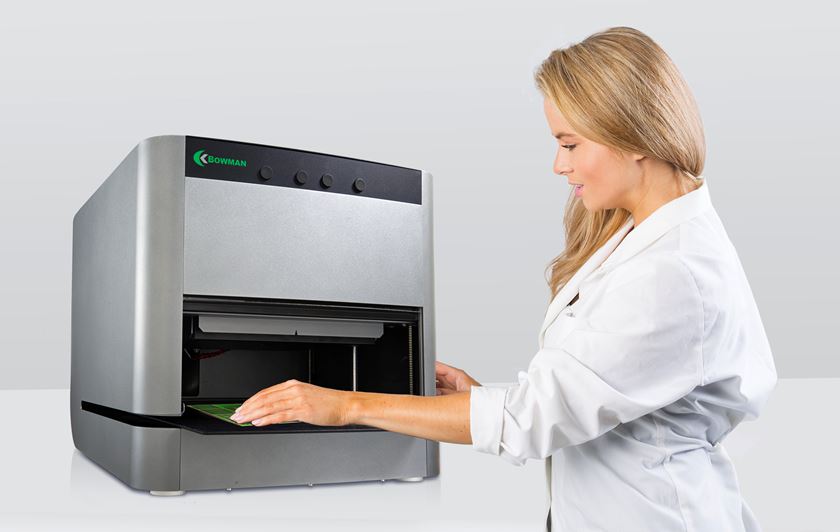Vibratory Wastewater
Question: We vibratory finish brass castings, and we have been told that copper in our wastewater exceeds the limits allowed by our sanitary water district.
Question:
We vibratory finish brass castings, and we have been told that copper in our wastewater exceeds the limits allowed by our sanitary water district. The alloy we cast is typically about 65% copper. We settle our effluent in a three-compartment settling tank that gives about six hours of settling time, and then we filter the effluent through a 5-micron filter. What additional steps can you suggest?
Answer:
Colloidal suspended copper particles and dissolved copper are not removed by settling, or by macro-filtration. A process called “flocculating” is required to remove these contaminants from your waste stream. Flocculation uses chemicals to agglomerate the particles, or to attach them to a third medium, such as clay, so that mechanical separation will then be effective. The separation choices include filter presses, centrifuges, continuous filters, and other traditional filtering devices. The flocculated material will blank most filters rather quickly, making a filter press or centrifuge the likely choice for separation following flocculation.
Featured Content
Be aware that after flocculating, the solution may be too acid, or too alkaline, to send to sanitary systems without a final chemical treatment. Before going to this expense, I suggest looking in to the cause of the problem. Changing compound may eliminate the problem.
Some chemicals have the power to leach copper from brass and other copper alloy parts. If these chemicals are used in a mass finishing process, the abrasive action of the process will accelerate the rate of leaching, and copper will show up in untreated wastewater. For that reason it is important to select mass finishing compounds that do not rapidly leach copper.
The leaching test we use for comparing compounds does not require any fancy lab procedure. You can conduct this test right in your office, and have a comparison of different compounds within 24 hours. Put a couple grams of fresh cut brass shavings (copper shavings are even better) in a paper-lined saucer. Coffee filters are great for this purpose. Cover the shavings with the compound you are testing and let this sit overnight. If you are using a powder compound, first make a strong solution of the compound – at least five times stronger than your production mixture. In the morning, examine the water color. Purple and dark blue colors indicate severe copper leaching; lighter shades of blue and blue-green are milder, but show the effect of some leaching. After all the solution is evaporated, you can examine the paper for further evidence of color stains. No purple, blue, or green discoloration means you have a winner.
If you find a compound that passes this test, try it in your vibratory finishing process before spending a lot of money on a waste treatment system. Use the compound for about a week to cleanse the system before having the wastewater analyzed.


















